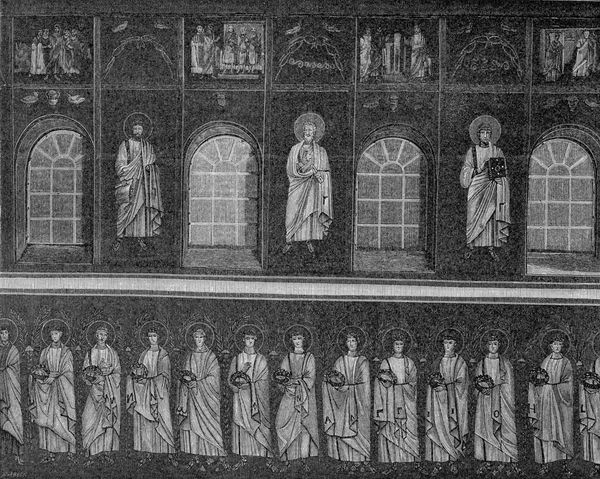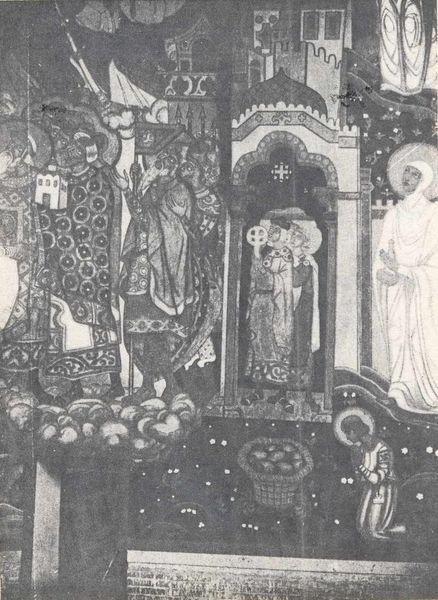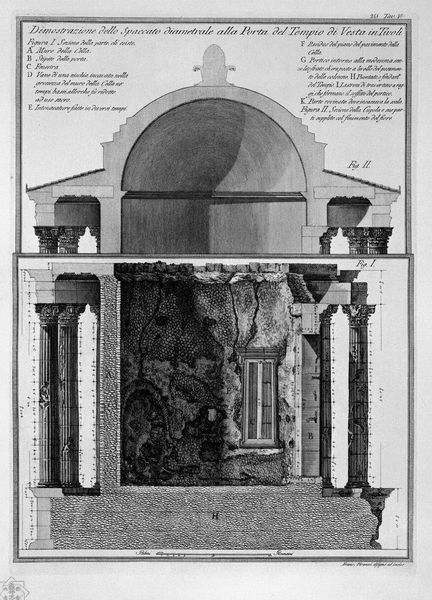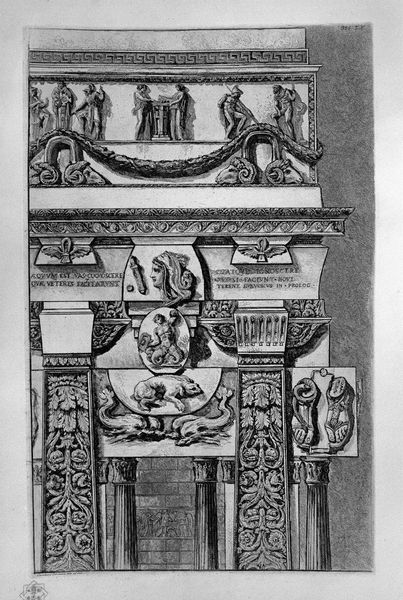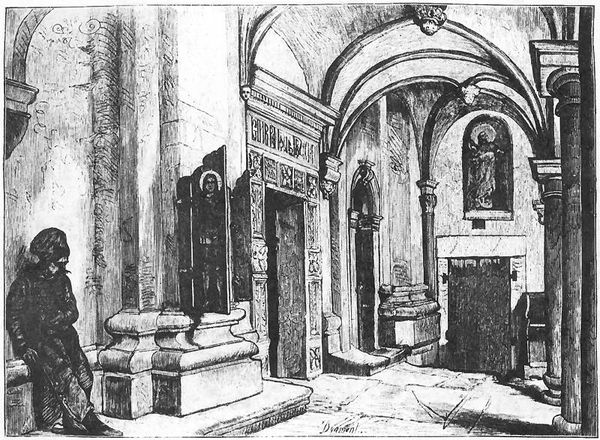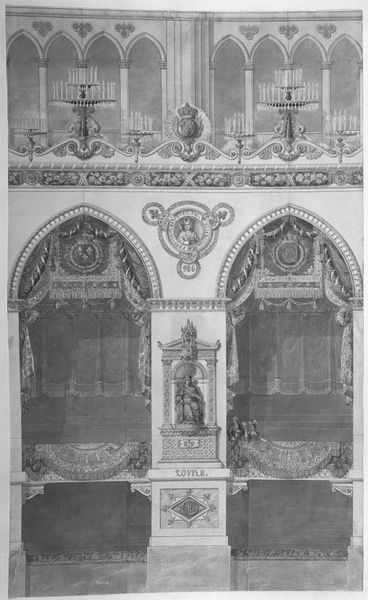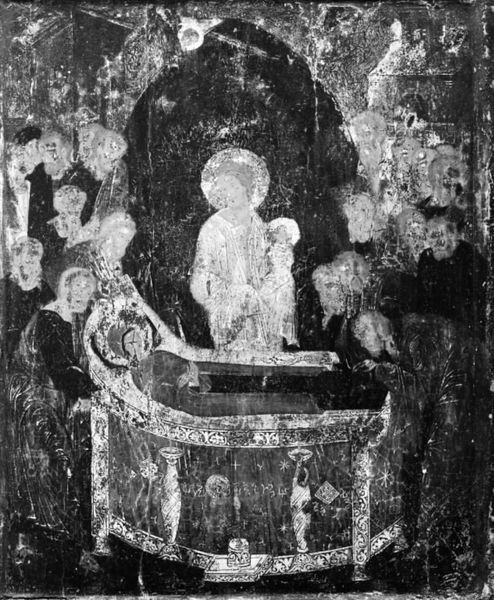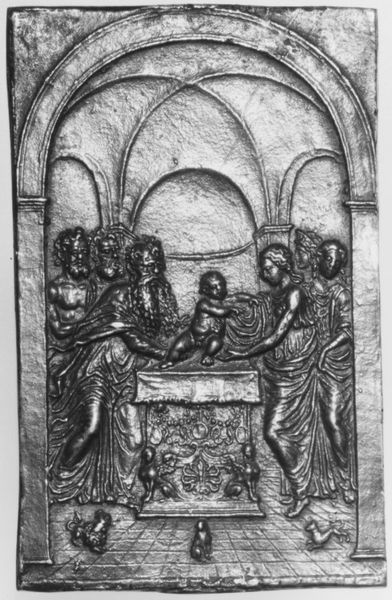
Fatti Della Vita Di Gesù Cristo, Varii Profeti, Porto E Città Di Classe 1900
0:00
0:00
mosaic, print
#
mosaic
#
byzantine-art
#
narrative-art
# print
#
sculpture
#
figuration
#
historic architecture
#
cityscape
#
history-painting
Copyright: Public domain
Giuseppe Barberis created this historical record of the Life of Jesus Christ, Various Prophets, Port and City of Classe using etching. The printmaking method that Barberis employed has its own story to tell. An etching begins with a metal plate, traditionally copper or zinc, covered with a waxy ground. The artist scratches an image into this ground, exposing the metal. The plate is then immersed in acid, which bites into the exposed lines. The longer the acid bath, the deeper and darker the lines will be. Ink is forced into these etched lines, the surface wiped clean, and then the plate is pressed onto paper, transferring the image. The linear quality of the artwork is a direct result of this labor-intensive process, in which the artist's hand is guided by both skill and the inherent properties of the materials. The act of incising lines into a surface, and then using acid to 'grow' an image, speaks to the alchemical nature of printmaking. The many steps required to make an etching, from preparing the plate to pulling the final print, invite a consideration of the social context of production. The intersection of skill, craft, and industrial process challenges any strict division between art and labor.
Comments
No comments
Be the first to comment and join the conversation on the ultimate creative platform.
